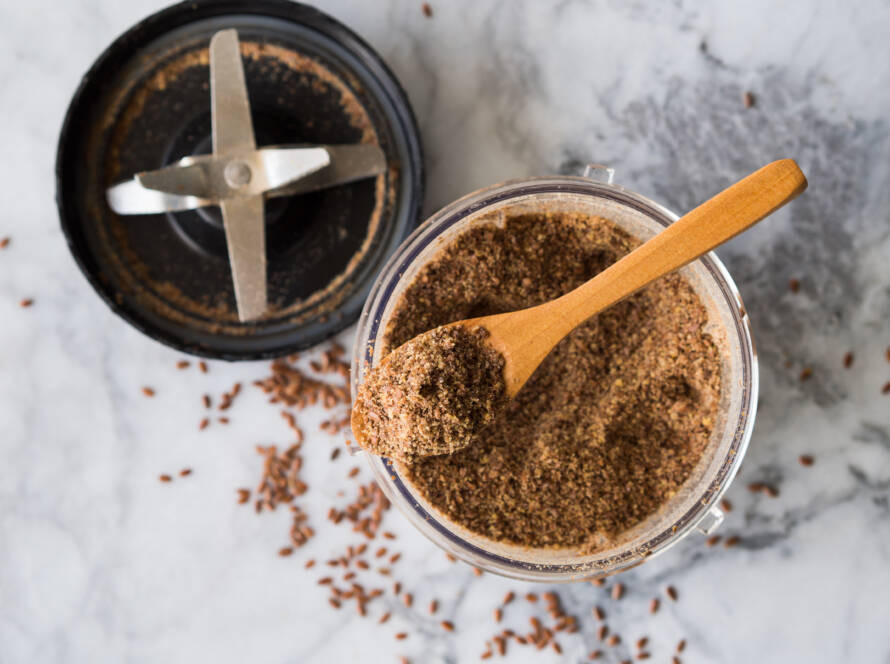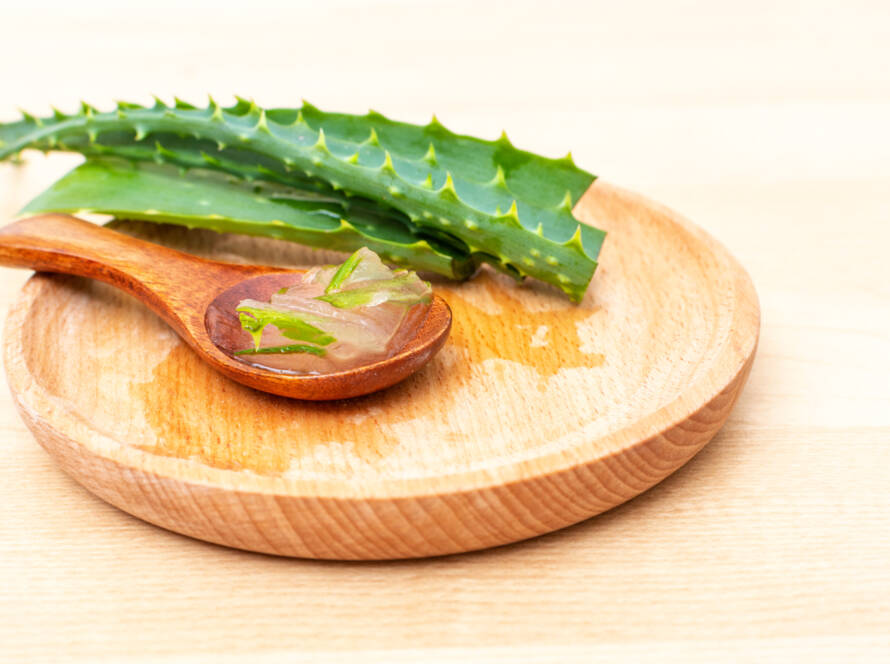Catnip
Introduction
This fact sheet provides basic information about Catnip. Catnip is an aromatic perennial herb native to central Europe and now naturalized throughout the northeastern US and Canada. It is widely recognized for its ability to elicit euphoria in some cats. Catnip was documented in K’Eogh’s Irish Herbal in 1735 and has been used for ornamental and culinary purposes, as well as a domestic folk medicine remedy. The plant’s leaves and shoots have been used as a flavoring in sauces, soups, and stews, and in several patented beverages, fruit table wines, and liquors. The leaves and flowers are also used in herbal teas.
Common Names
- Catnip
- Catnep
- Catmint
- Catswort
- Field Balm
Latin Names
Nepeta cataria
What It Is Used For
- Topically, catnip is often used to reduce swelling associated with arthritis, hemorrhoids, and soft tissue injuries.
- The plant has been used to treat diarrhea, colic, the common cold, and cancer.
- In Appalachia, catnip tea is used to treat nervous conditions, stomach ailments, hives, and the common cold. The dried leaves have been smoked to relieve respiratory infections, and a poultice has been used externally to reduce swelling.
How It Is Used
To use topically, dried catnip leaves or flowers are moistened with warm water to make a poultice, which is applied externally as often as needed. Cooled catnip tea may also be used as a soak or a wash.
What the Science Says
- Most scientific evidence on catnip involves animal studies, and there is no evidence evaluating the effectiveness of catnip in humans. Historical and tertiary references document its use in humans as a sleep aid and calmative, as well as in the treatment of migraines, gastrointestinal problems, colds, flu, fever, and topically for arthritis and hemorrhoids. Some evidence exists for its antimicrobial activity against fungi and gram-positive bacteria. Catnip may act as a repellent to mosquitoes, cockroaches, and termites.
- Reports by human users describe a happy intoxication similar to the experience one might observe in an intoxicated cat. Four cases of catnip abuse have been reported, with two modes of use being described. The first is similar to marijuana smoking, where the dried leaves are smoked as a “joint” or in a pipe, with catnip burning more rapidly than marijuana. An alternate method involves spraying or soaking tobacco in the volatile oil or extract and then smoking it, purportedly yielding a stronger “high.” Users consistently reported mood elevation and euphoria, with effects of variable intensity lasting a few hours and potentially reactivating for up to three days after smoking. However, the validity of these case reports has been questioned. Another case report exists of a toddler suffering from CNS depression after consuming a large quantity of catnip.
Side Effects and Cautions
- There is no recent clinical evidence to guide the dosage of catnip. Classical doses for sedation require 4 g of herb, usually given as a tea.
- Excessive ingestion may result in headache and malaise.
- No health hazards or side effects have been associated with properly administering catnip in designated dosages. Catnip was once listed in the FDA’s “Herbs of Undefined Safety” in the mid-1970s.


